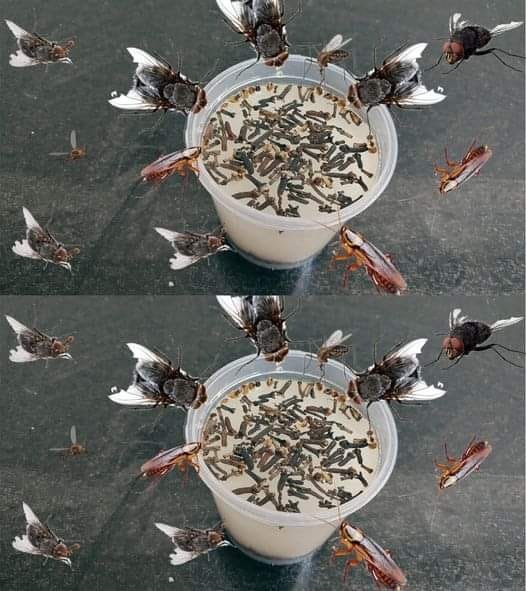How to Tell if Canned Food Is Still Safe
Instead of relying solely on a date, trust your senses and inspect the can:
✅ Look – No bulging lids, rust, deep dents (especially near the seams), or leakage? That’s a good sign.
✅ Smell – A foul, sour, or metallic smell? Throw it out.
✅ Taste – If it looks and smells fine, taste a small amount. If it tastes “off,” don’t eat it.
How Long Do Canned Goods Last After the ‘Best By’ Date?
Properly stored canned foods can last anywhere from 1 to 5 years past the printed date. High-acid items (like tomatoes or fruit) may have a shorter shelf life than low-acid items (like beans, vegetables, or meat).
To make the most of your pantry:
-
Store cans in a cool, dry place (50–70°F is ideal).
-
Keep them out of direct sunlight and away from humidity.
-
Practice FIFO – First In, First Out – to use older items first.
Why Food Waste Matters
Every year, over one-third of food in the U.S. is wasted, and misunderstanding expiration labels is a huge contributor. That’s more than just lost money—it means more food rotting in landfills and higher greenhouse gas emissions.
Being savvy about date labels doesn’t just help your wallet—it helps the planet.
Simple Ways to Cut Food Waste
-
Don’t treat “Best By” dates as expiration deadlines.
-
Use your senses: inspect, smell, taste.
-
Donate pantry items you won’t use before the date.
-
Only buy what you need, especially perishable foods.
Final Thought: Be Date Smart, Waste Less
Understanding the real meaning behind “Best By” and “Best Before” labels can help you save money, reduce food waste, and shop smarter. Especially when it comes to canned goods, a little knowledge goes a long way. So before you toss out that can of beans or box of rice, take a closer look—you might just be throwing away a perfectly good meal.






